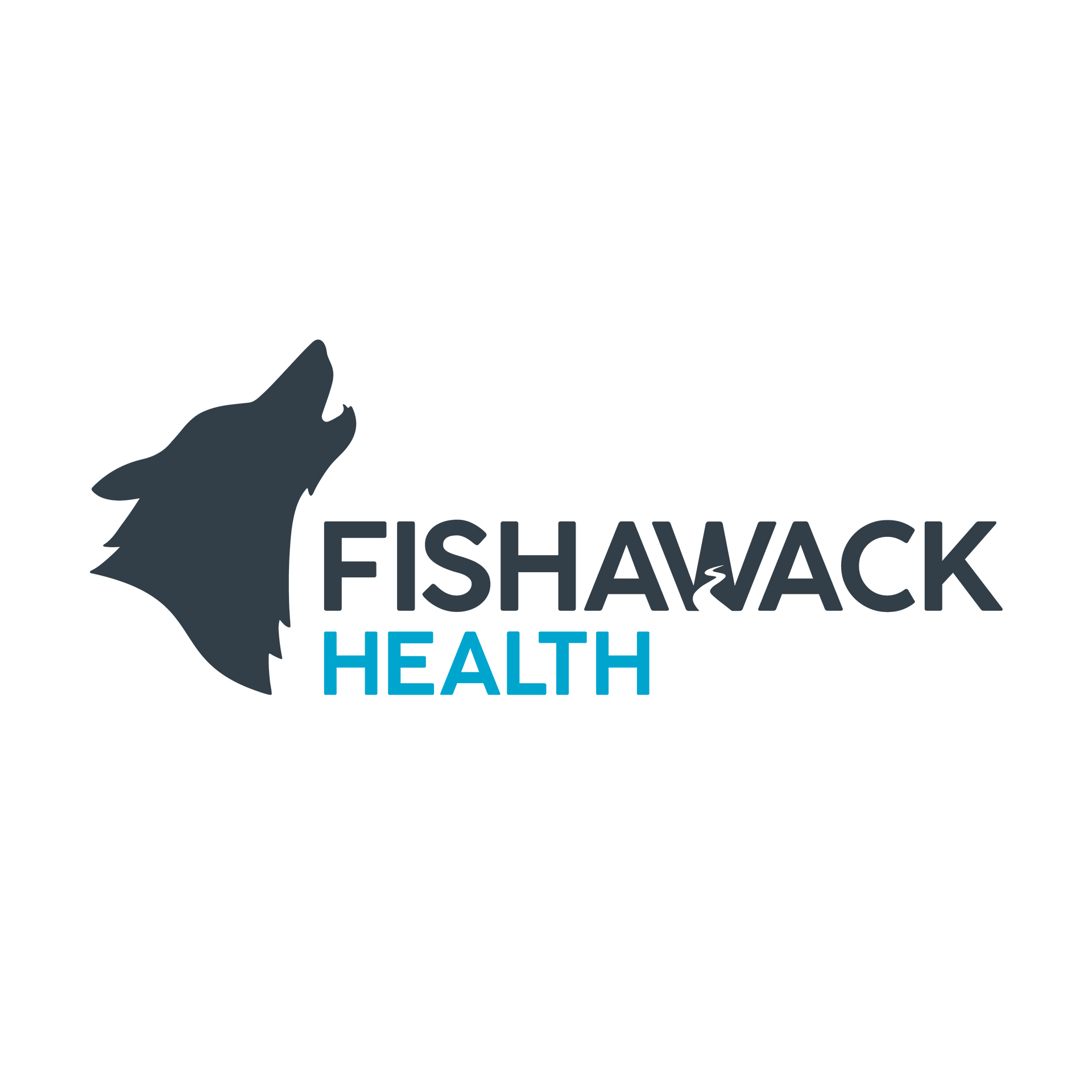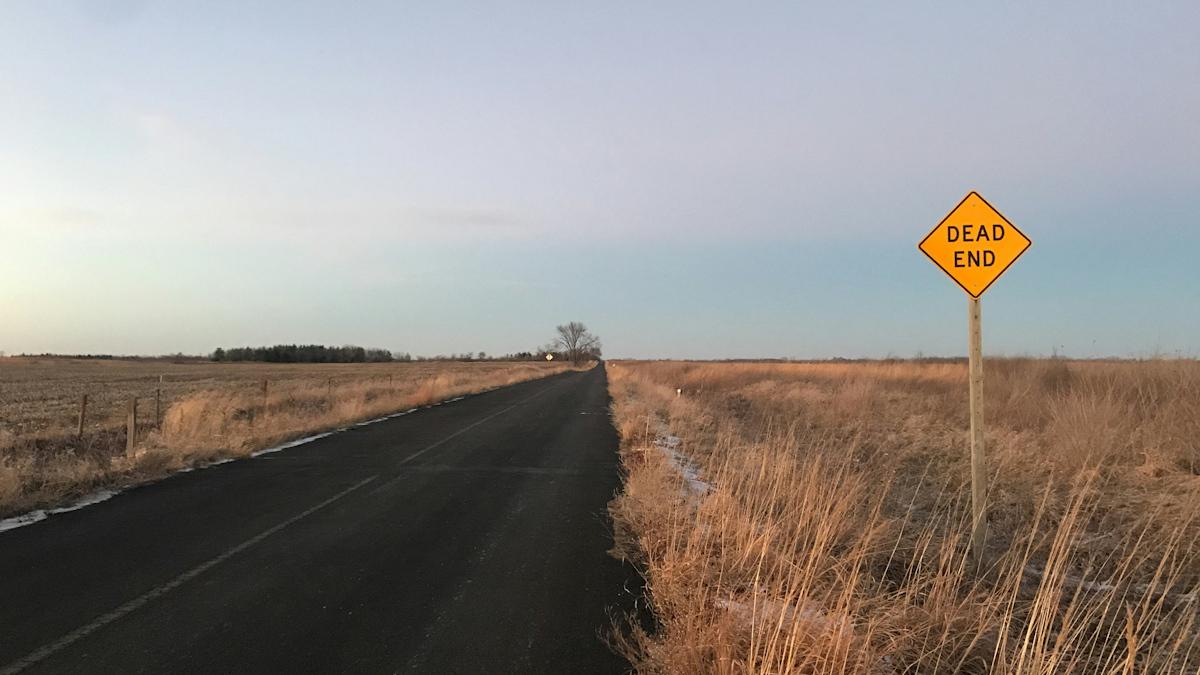Real-world evidence: breaking boundaries in rare disease

The COVID-19 pandemic has added a new layer of complexity to the drug development process. Launch timelines have been delayed and clinical trials have been postponed or suspended. As a result, life sciences companies are turning to novel methods of collecting clinical data and innovative trial design.
The generation of data to show the significant benefits of a drug has always been a complex, intricate process, but essential to ensure a product’s approval, support the overall value proposition of the product, and ensure launch success.
The maze of expensive clinical trials a life science company must navigate to reach that approval stamp takes an estimated average of 6-7 years, with a success rate (from clinical testing to approval) of less than 12%.
Although the FDA has noted that the development of and access to rare disease treatments remains a top priority during the pandemic, generating data for these conditions is still highly challenging.
Traditional randomized clinical trials (RCTs) are considered the gold-standard for evidencing the efficacy and safety of a product. However, small patient populations, the high unmet need, and difficulties identifying a control group make it difficult to conduct an RCT when trialling a rare disease therapy. In cases of fatal diseases, recruiting a control arm is also considered unethical.
To solve this challenge, life sciences companies are factoring in additional considerations when generating clinical data.
Sonal Bhatia, Vice President, Medical Affairs Rare Disease at Pfizer, explains that real‑world evidence (RWE) provides a useful way of overcoming some of these challenges.
She says: “A randomized clinical trial is not always going to be a feasible way to address a research question in rare disease because there’s typically a smaller community of patients. When it comes to rare disease, you need real-world evidence.”
However, we are just starting to understand the power of RWE and many stakeholders, including payers, HTA bodies and healthcare professionals, remain unsure of how to navigate the data. As a result, there are several barriers life science companies need to overcome to benefit from RWE in clinical and commercial settings.











